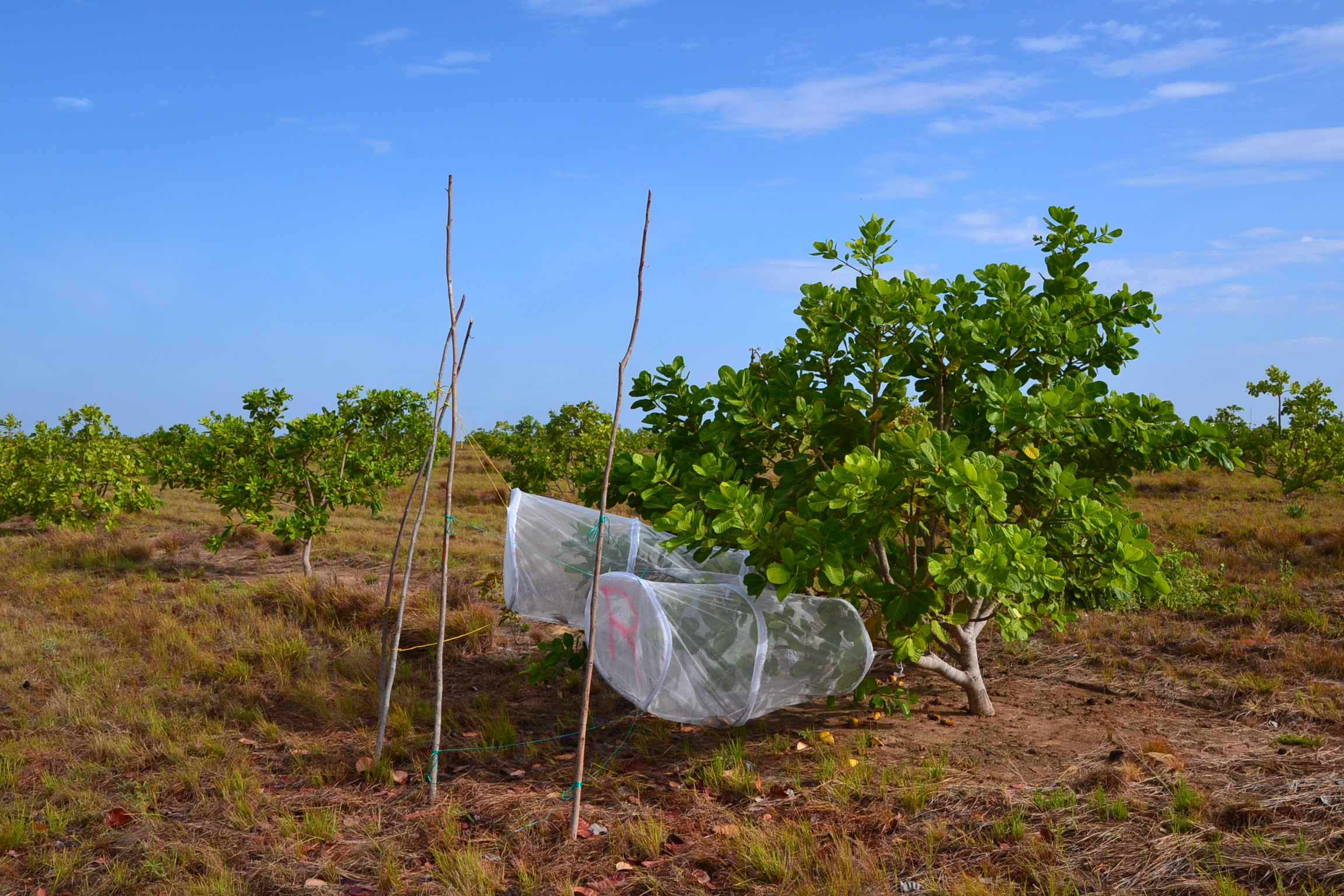Since no population increase has been observed two years after the threat mitigation actions, in 2014 we launched a four-year restocking project aimed at increasing the population size.
The project involves the collection in the wild of a fraction (30-40%) of Bombina pachypus population at the egg stage, their development in captivity and the subsequent release of metamorphs in the same site of collection.
All the ex-situ management of toads was implemented at Fondazione Bioparco facilities where individuals were kept until the ventral coloration pattern is fully defined so that they can be photographically marked for future identification and demographic studies in the wild.
Overall, 67 young individuals were released (20 in 2014, 19 in 2015, 16 in 2016 and 12 in 2017).
Post-release monitoring revealed that the toad recapture rate was highly variable over the years. In 2018, we re-captured a total of 21 individuals: 10 released in 2014, two in 2015, four in 2016 and five in 2017. The pristine population remained stable (13 individuals) with few new animals recruited and some losses. At the end of 2018, a net increase of 21 individuals released plus some from natural recruitment allowed the original population size to double.
The production of individuals one year old from the egg stage requires adequate facilities and a high commitment of personnel.
Monitoring the success of restocking needs a multi-year project and adequate effort (personnel and economic).
The release of metamorph individuals close to sexual maturity allowed individual recognition by ventral coloration pattern and should have significantly decreased the mortality rate that is known to peak at the egg and larval stages.
Toads bred in captivity can be used for the restocking of declining populations of Bombina pachypus.
Restocking should be done by releasing individuals in distinct phases along a multi-year project to overcome possible failure due to stochastic or unpredictable events.
The identification of the true causes behind the high inter-annual variability in the individual recapture rate and the failure to recapture many released animals (e.g. death or dispersal) can be very difficult, even at the local scale and with a high sampling effort.
